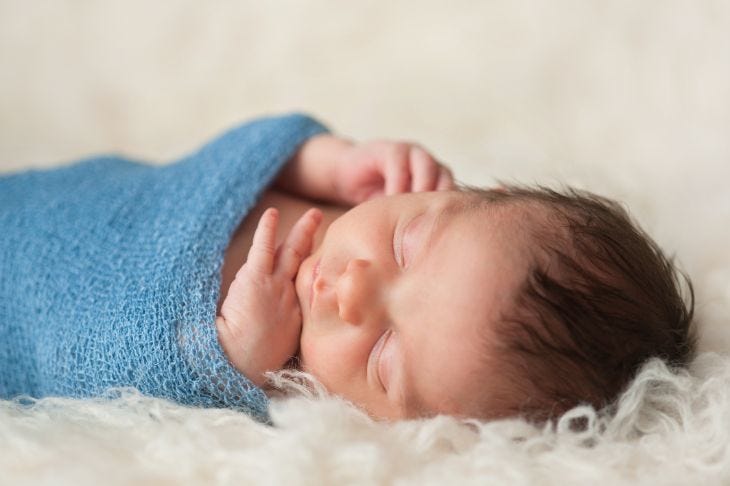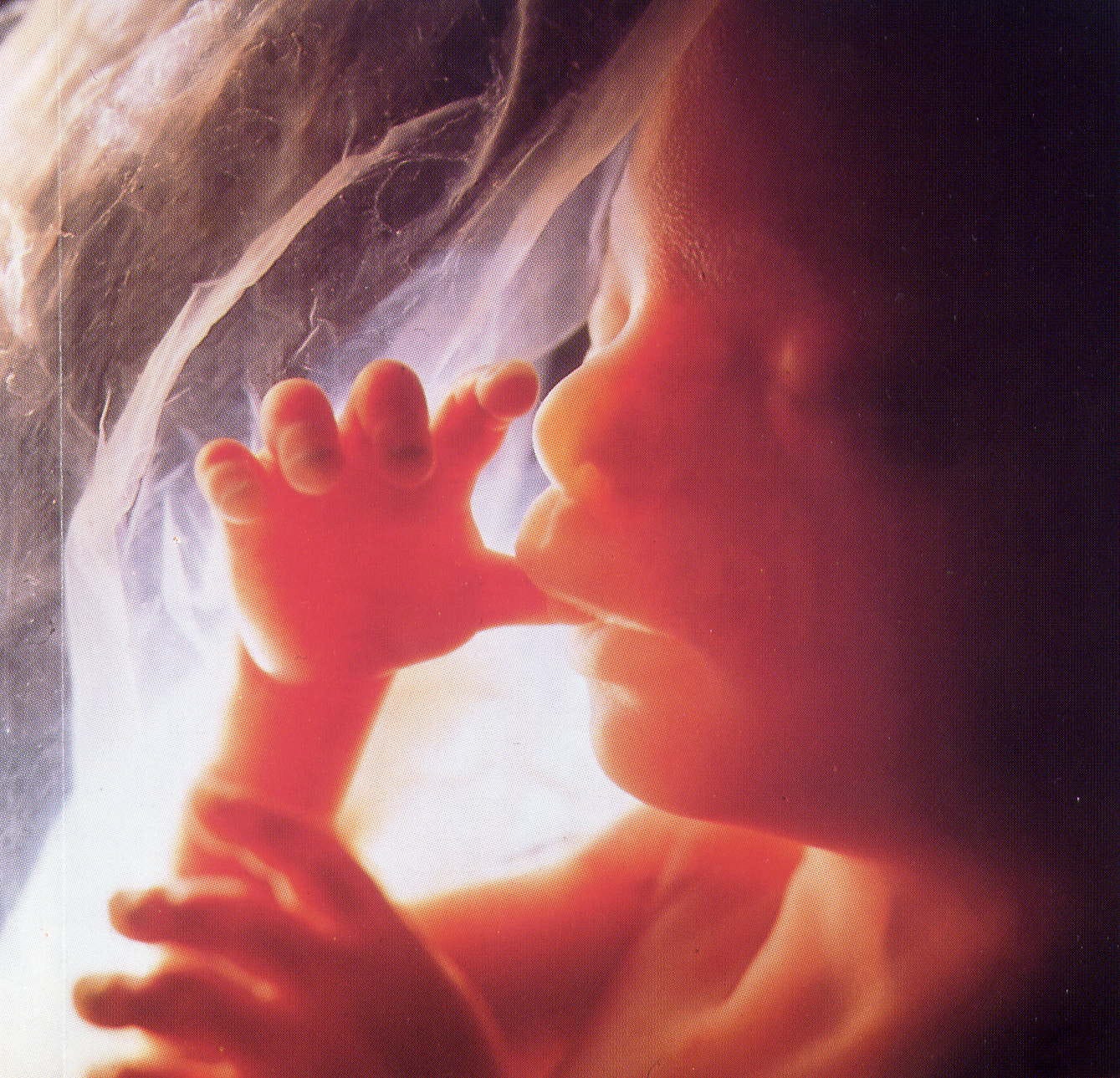The Dime a Dozen Miracle
Reflections on having a grandchild
Image: momlovesbest.com
The Miracle of New Life
My inner self finds it hard to believe I’m old enough to be a grandparent. But a glance at my birthdate—and my children’s ages—confirms what is now undeniably true: it happened. Yesterday, in fact. This afternoon, I had the extraordinary privilege of meeting 6.11 pounds of freshly arrived, second-generation family. I’m thrilled to report he is disarmingly cute.
There’s a profound dissonance in holding someone who, just a day ago, was tucked within my daughter’s body, wholly dependent on her to survive—and who now breathes, digests, and responds on his own. The systems that support his life flipped on as if by a switch. It’s nothing short of astounding.
Hidden Wonders in the Everyday
Many features of life are so common we forget they border on the miraculous. Consider, for example, our position in the cosmos: Earth sits in what scientists call the “Goldilocks Zone,” a band of space not too hot, not too cold—just right for life. Move the planet slightly closer to or farther from the sun, and we would cease to exist.
Or take our eyes: two liquid-filled spheres embedded in our faces, lined with light-sensitive tissue (the retina), and equipped with a lens system that auto-focuses and adjusts to changing light levels (the iris and cornea). This everyday miracle goes mostly unnoticed.
From Water to Air: The Birth Transition
Image: th.bing.com
The transition from fetus to newborn is no less miraculous. Inside the womb, the baby essentially lives underwater. To make this possible, the body performs a series of physiological feats that defy intuition. A brand-new organ—the placenta—emerges in the mother, intuitively nourishing the baby and adapting as it grows.
During this time, the baby’s heart operates in a mode that makes no use of the lungs. Blood bypasses them entirely via a temporary vessel called the Ductus Arteriosus, which connects the pulmonary artery directly to the aorta. This shortcut only works because, in utero, oxygen is delivered through the placenta.
But once the baby is born, this vessel must close—quickly. If it remains open, it can cause serious complications. And yet, within hours, it shuts. Why? A cascade of chemical signals triggers it, seemingly on cue. But why does that cascade happen? Ultimately, no one fully knows. It just…does.
A Grandparent’s Awe
New life offers many avenues for awe. Holding a newborn—a bundle of raw innocence—is transformative on its own. But for me, there’s an added reverence for the precision and complexity of the system that supports this fragile, perfect being. A creature who lived in water now thrives in air. In mere moments.
It defies comprehension. And invites the deepest contemplation—of the mystery, the majesty, and perhaps, the Mind behind it all.





Incredible
Congratulations! I also experienced this miracle in March, welcome to the club!